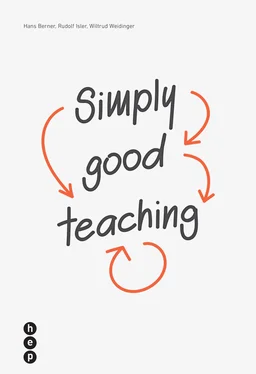The formulation of objectives has been thoroughly analyzed by Robert F. Mager, an important proponent of curricular didactics (see p. 31), in his publication Lernziele und Unterricht 30 (Learning objectives and teaching). According to Mager, appropriately formulated goals must first be able to articulate the aims of the lesson in a simple and comprehensible manner. This is important as the goals are logically communicated to the students – either orally or in writing. Precise terminology should be employed to render your stated objectives as clearly as possible. It is recommended to avoid such formulations as “the students know” or “the students understand” and to use more specific expressions instead, like “the students can … distinguish” or “the students can enumerate from memory”.
Furthermore, a precise description of goals allows you, as the instructor, to better review teaching success. To facilitate this assessment, you should incorporate the expected student activities during the lesson in the formulation of objectives as well as enumerate the criteria and level which you have determined as satisfactory.
Goal formulations ideally create a traceable connection of technical objectives on the one hand, and generic and social goals on the other hand. With instructional differentiation and individualization in mind, it is recommended to always distinguish between fundamental objectives and extended goals.
Competences
As already mentioned, competence orientation is currently an omnipresent catchwork in the field of classroom teaching research and education policy. However, “as […] currently only facets, building blocks, and preliminary considerations”31 exist for the theory of competence-oriented didactics, it is useful to follow a preliminary pragmatic proposal for a competence-oriented instruction as outlined by Andreas Feindt and Hilbert Meyer.
According to these two authors, competence-oriented instruction means placing student learning results at the center, and teaching with a goal that enables the learners not only to acquire knowledge, but to master specific challenging situations. As the instructor, you must orient yourself toward given, staged models of competence and develop or adopt a curriculum which allows students to develop in the direction of the formulated competences. Close monitoring of the students and a constantly recurring examination of their achievement level are necessary to be able to fully deploy such suitable teaching programs.32 Thus, the learning assignments are placed at the very center of competence-oriented instruction, whose development is not only the responsibility of the individual teacher but also of the didactic experts. The initial approaches in this direction are presented in the publication Kompetenzorientierter Unterricht auf der Sekundarstufe I 33 (Competence-oriented instruction at the secondary level I).

1. Quality criteria of teaching:
What can you do well already, where do you want to improve ?
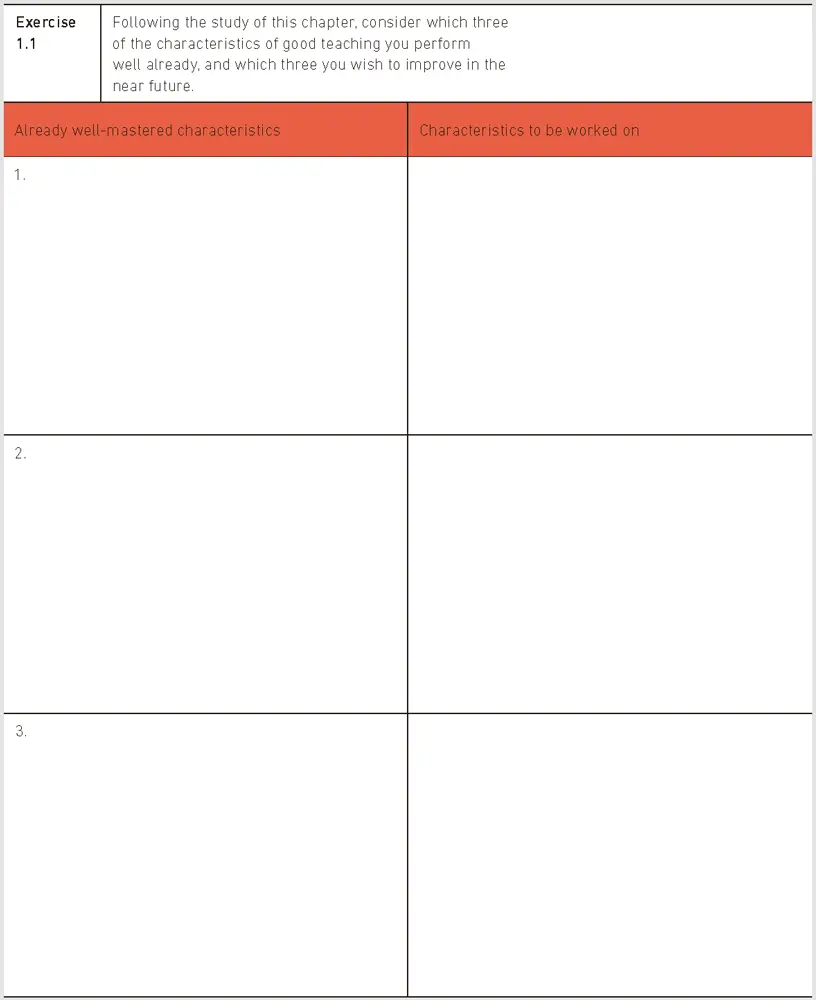
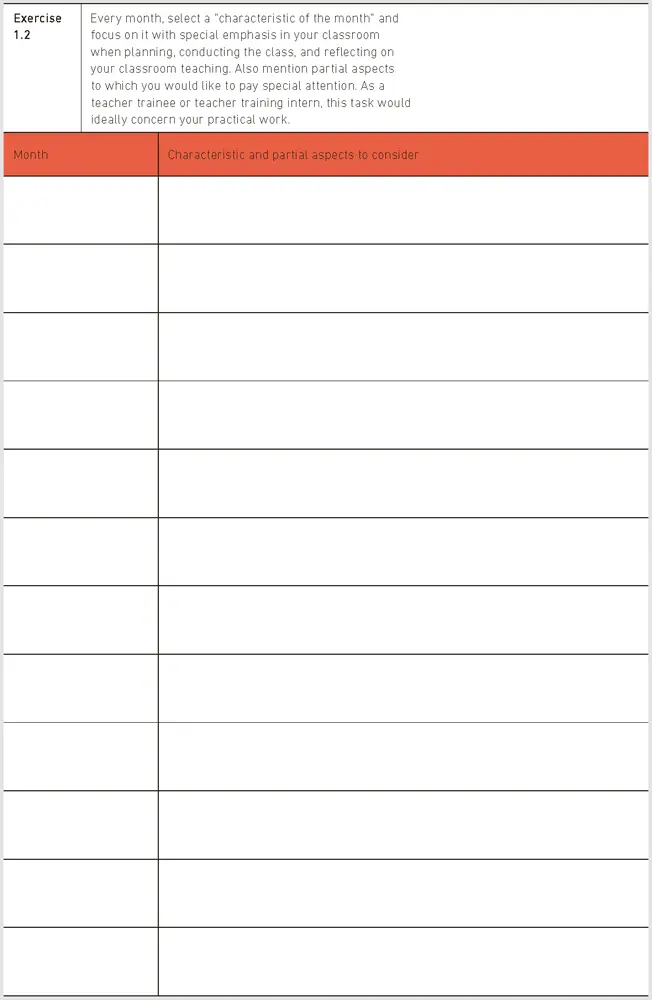
2. Classroom atmosphere:
What do your students say ?
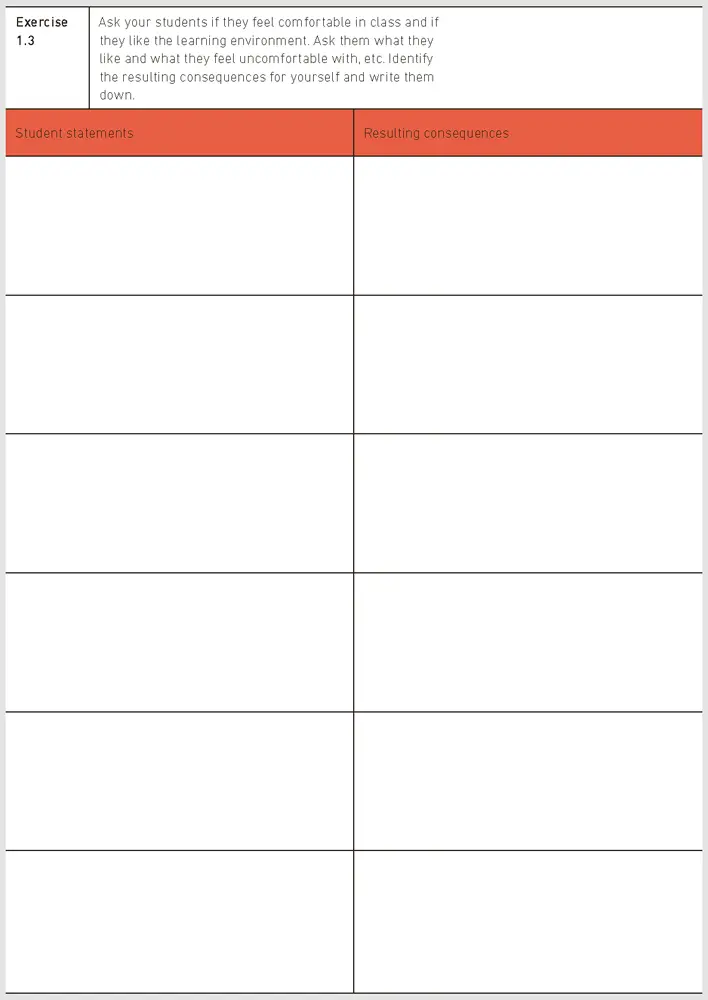
3. Classroom management I:
How well did you implement Kounin’s recommendation ?
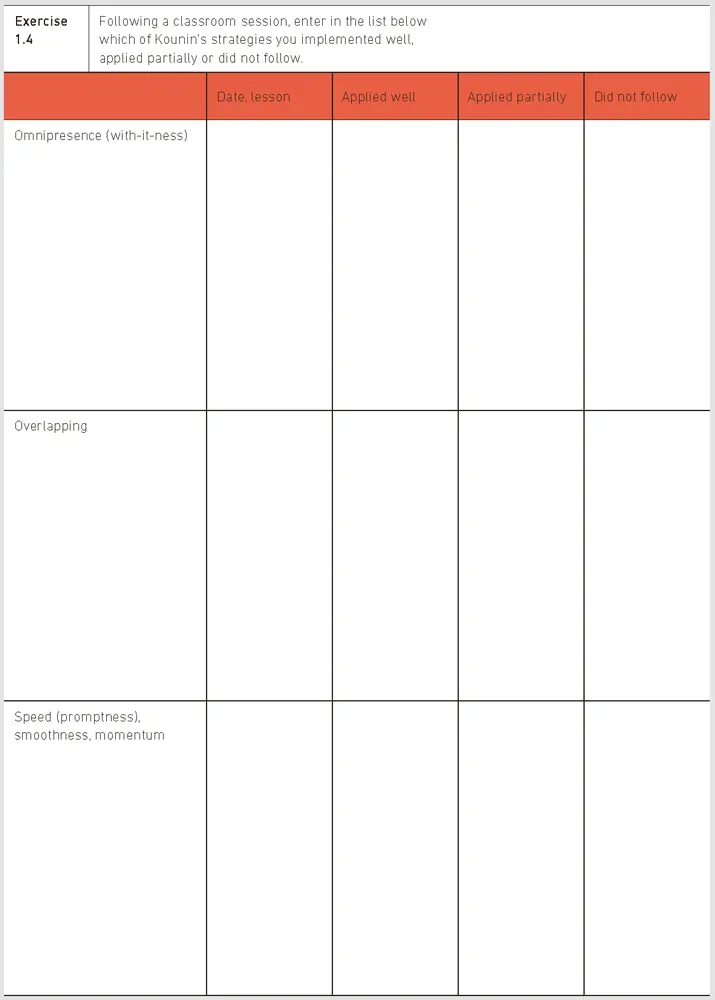
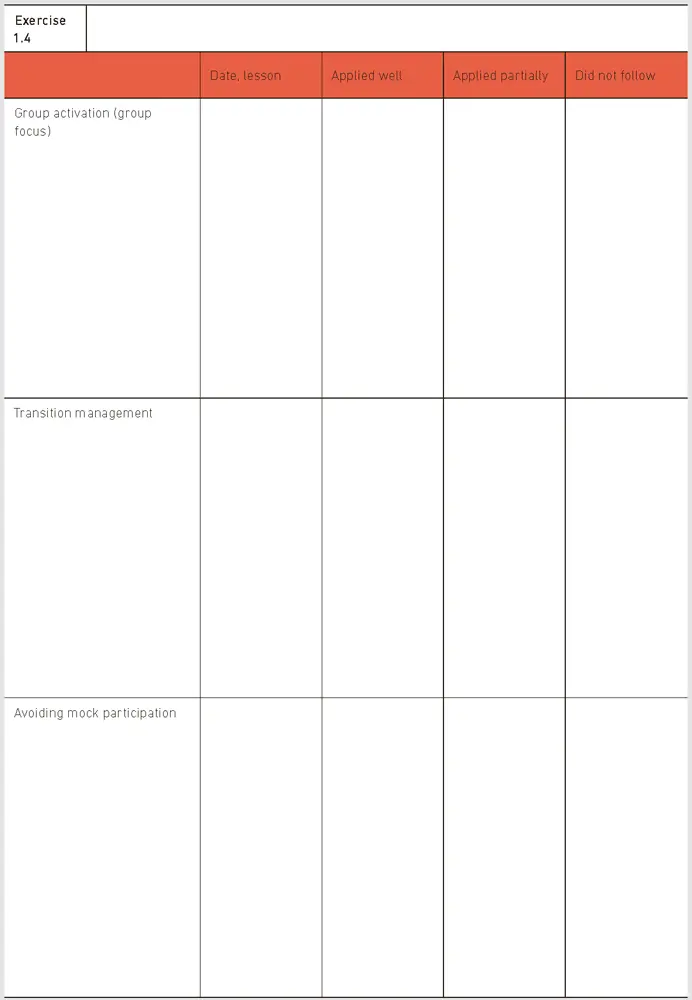
Repeat these tasks in the following hours with the intention of particularly observing one of Kounin’s strategies that has not yet worked very well.
4. Classroom management II:
How do you manage your relationship with the students ?
Discuss with others the questions from the self-test by Rüedi.34 Complement these discussions with reciprocal classroom visits, if possible, and use the self-test as a checklist for your observations and basis for discussions after the visits. Take notes.
Self-test35
A
How is my relationship to the students? Can I build up a good relationship with them?
B
Am I aware and do I recognize the needs of the students?
Do I facilitate student learning success?
Does my teaching involve a sensible balance between spontaneity, fun, humor, joy, pleasure and fulfillment of duties, displeasure?
Do I recognize and acknowledge my students?
Do I pay attention to their social integration in the class?
Do I watch out for social manners and conversational tone in the classroom?
Do I help with formulating democratic rules and appreciative social manners?
Do I recognize the student self-worth needs? Do I encourage and support them?
C
Is my classroom teaching well-prepared and interesting? Do I explain the materials in a clear and concise manner?
D
Do I know the parents of my students? Did I inform them about my approach to teaching? Do they support my disciplinary efforts?
E
Is my teaching approach effective? Do the students follow my directions?
F
Can I explain and analyze arising disciplinary problems?
G
Do I react appropriately when disciplinary issues and conflicts arise? Do my reactions have an effect? Do I have a certain repertoire of reaction measures and responses?
H
Do I know the possibility of "covenants"?
I
How do I deal with punishments?
J
Do I see the possibility of personal growth in my professional work?
K
Do I have a personal concept about discipline and classroom management? Do I have a concept for influencing the social development of my class for the medium and long-term?
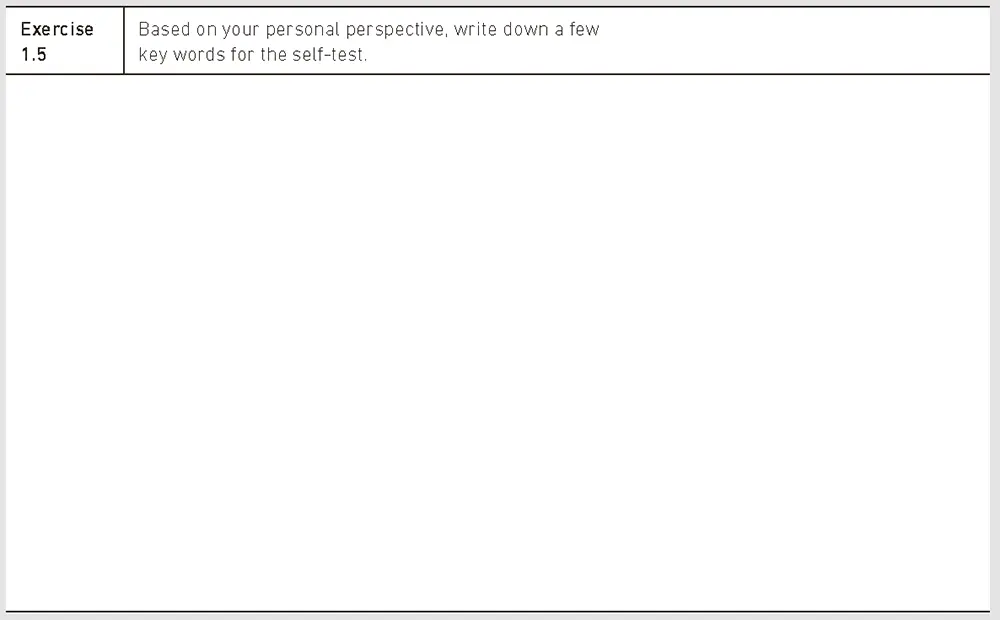
Bibliography
1
Helmke: Unterrichtsqualität erfassen, bewerten, verbessern, 2003, p. 47
2
Beywl/Schmid: Lehren als Profession, 2014, p. 10–14
3
Hattie: Lernen sichtbar machen für Lehrpersonen, 2016, particularly p. 277 ff.
4
Helmke: Unterrichtsqualität und Lehrerprofessionalität, 2012, particularly p. 168 ff.
5
Meyer: Was ist guter Unterricht?, 2016, p. 23 ff.
6
Nolting: Störungen in der Schulklasse, 2012
7
Kounin: Techniken der Klassenführung, 2006
8
Rüedi: Disziplin und Selbstdisziplin in der Schule, 2013
9
Bandura: Self-efficacy: The exercise of control, 1997
10
Schwarzer/Jerusalem: Das Konzept der Selbstwirksamkeit, 2002, p. 28–53
Читать дальше
